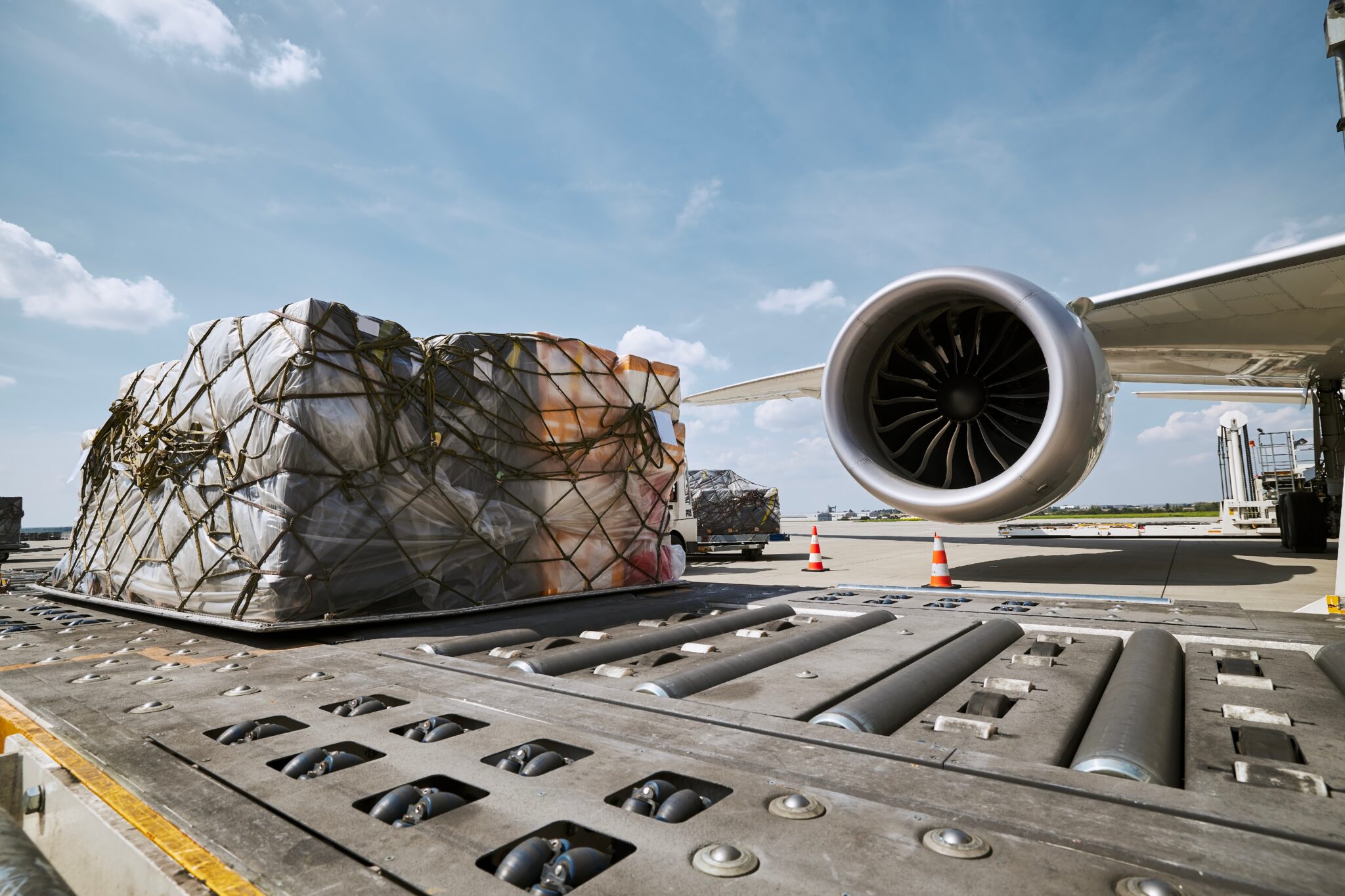

India, a leading exporter of perishable goods, produces more than 400 metric tonnes of perishable freight, with that figure forecast to rise to a value of US 563 billion dollars by 2030. Accounting for over 14% of India’s GDP, the sector employs over 25 million people.
READ: Airfreight accelerates e-commerce boom
Kamesh Peri, CEO of Celebi Delhi Cargo Terminal Management India, told Air Cargo India that the nation is responsible for over 4% of global cargo exports of perishable goods, with a prime focus on Middle Eastern markets.
Delhi International Airport handles 80% of meat exports to the Middle East. As a hub of perishable goods in the Northern Indian region, the airport faces hurdles in dealing with these goods, including mishandling of the cargo and temperature control system failure challenges in warehouse and ramp side transportation while loading onto aircraft. To overcome these potential issues, the cargo eco-system must develop a robust transparency model to keep stakeholders in the loop.
John Batten, CEO – EMEAA of Worldwide Flight Services, added his views on the topic, explaining that the cargo handler has established a goal of moving 150,000 metric tonnes of perishable cargo, investing heavily in developing 50 dedicated cargo centres across its facilities.
Batten also agreed with Peri’s views on the challenges of temperature control, stating that efficiency in the perishable cargo industry is critical to building a sustainable model, bringing all stakeholders together to engage to ensure maximum effectiveness.
Richard Theknath, Chairman & Managing Director at Jet Freight, claimed that to achieve its full potential, immense investment in the overall infrastructure is needed to capitalise on moving perishable cargo goods out of India. Theknath pointed to Dubai International Airport (DXB) as a model for handling perishables, warning that infrastructure challenges are hitting India’s cargo volumes with a sharp drop in flowers from India. Previously moving 10-15 tonnes per day, this has dropped by a quarter, as the market has moved to the African continent where the cost is comparatively less.
READ: India’s pharmaceutical industry in focus
The Jet Freight chairman “fears this could happen to other products too if the challenges in the perishable cargo industry are not addressed as a top priority.” He was clear that government support is needed if India is to compete with the hubs in Asia and the sub-continent through subsidies and an incentive model.
Milton De La Paz, Vice President of Airline Relations and Cargo Business Development at Dallas Fort Worth (DFW), addressed the conference by stating that the American airport has positioned itself in the sector through solid connections. Linking South America and the United States, DFW has created a value chain between critical locations.
De La Paz asserted that “implementing new advanced technology can further enhance the airport’s temperature-sensitive cargo, taking it to new heights.” DFW is investing in a new ultra-modern facility with complete and strict control of the facility with temperature and sanitisation.
Mark Alzawahra, Founder & MD of Catch of Norway Seafood, reiterated that cold chain facilities for perishables, such as seafood, are required across India. Similarly, looking at DXB and Saudi Arabia’s King Abdulaziz International Airport (JED), Alzawahra pointed to how both have managed to ensure timely cargo movement, encouraging customers to fly goods through their hubs. For example, he explains how the cargo lands at DXB or JED from Norway at 11:30 PM and reaches its final destination by 6 AM, ready for the market.
Kaushal Khakhar, CEO of Kay Bee Exports, called the government “to intervene to ensure India’s position as a perishable goods hub is established in coming years.” Khakhar proposed that the solution is to stop differentiating between pharmaceutical and perishable cargo, giving equal importance to both.
On behalf of the cargo community, Khakhar added that “benchmarking in quality, movement, and handling is necessary across the network to ensure its growth.”










